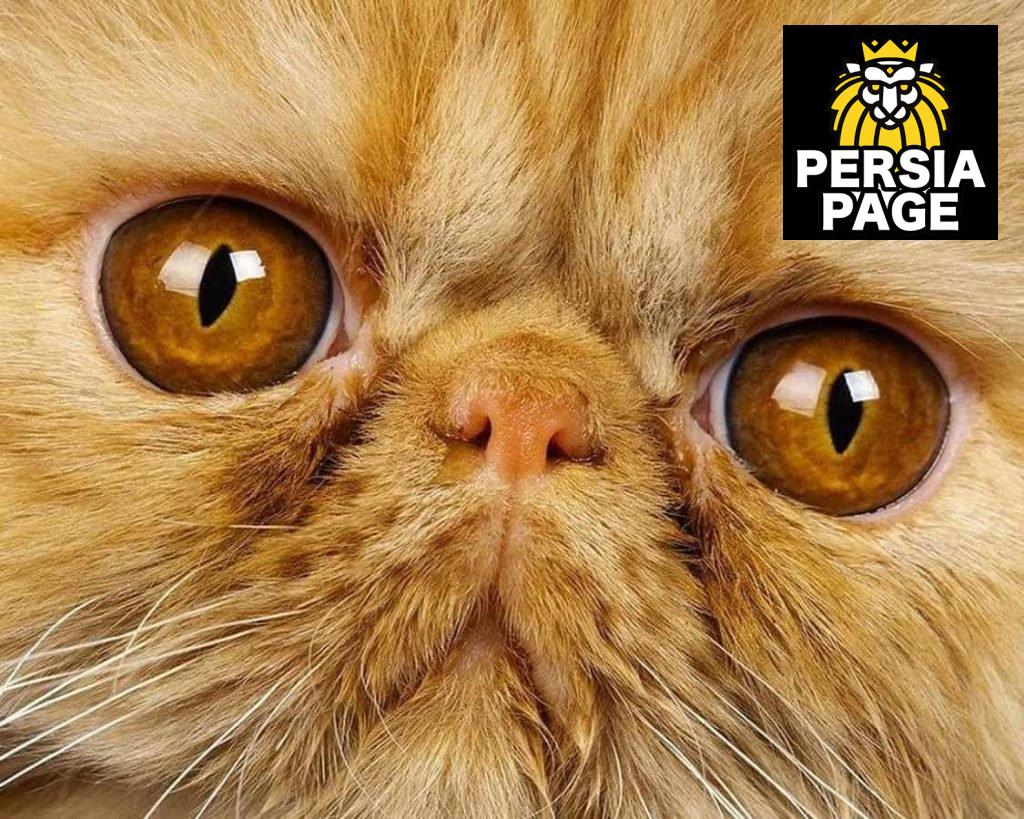Persian Cat
The Persian cat, also known as the Iranian or Shirazi cat, originates from Iran (Persia). It is a long-haired breed recognized by its distinctive round face and short muzzle. This breed adheres to various standards, including CFA, Fife, TICA, WCF, FFE, ACF, ACFA/CAA, CCA-AFC, GCCF, LOOF, and more. In the Middle East, people commonly refer to them as Iranian cats, while in Iran, people call them Shirazi cats. Moreover, breed enthusiasts often consider the Exotic Shorthair and Himalayan cats as coat variants of the Persian breed.These Persian cats belong to the domestic cat species (Felis catus). For more information or inquiries, feel free to reach out.
Historical Ancestry:
The Persian cat’s documented ancestors arrived in Italy from Iran (Persia) around 1620. Uncovering Mysterious Origins: Although the exact history remains enigmatic, we have spotted long-haired cats resembling Persians in ancient hieroglyphics. Introduction to Europe: As their popularity surged, people imported these long-haired felines into Europe, establishing breeding hubs in Italy and France.
Cat Show Debut:
In 1871, the Persian cat made its debut at the world’s first organized cat show in London, England. American Arrival: The breed later found its way to the United States of America in the early 1900s.
Uncovering Mysterious Origins: Although the exact history remains enigmatic, we have spotted long-haired cats resembling Persians in ancient hieroglyphics. The rising demand for long-haired cats prompted their importation into Europe, resulting in breeding centers in Italy and France.
Origins Revealed:
Ancient hieroglyphics depict long-haired cats akin to Persians, unveiling their mysterious historical origins. European Arrival: Amid rising popularity, people imported these long-haired cats to Europe, establishing breeding centers in Italy and France.
Hereditary polycystic kidney disease is prevalent in the breed, affecting almost half the population in some countries. The Cat Fanciers’ Association ranked it as the 2nd most popular breed in the United States in 2015.
-
Long-Haired Cats’ Origins:
Uncertain Origin: The appearance of long-haired cats remains a mystery, as African wildcats, their ancestors, lacked such traits. Elusive Ancestry: Long-haired cat origins are unclear, as African wildcats, their ancestors, did not exhibit such characteristics.
- Historical Importation: Persian cat ancestors were first brought to Italy from Khorasan, Iran, in 1620 by Pietro Della Valle. Simultaneously, cats from Angora (now Ankara), Ottoman Empire (Turkey), reached France through Nicholas-Claude Fabri de Peiresc. Khorasan cats were grey, while Angora cats were white. They eventually made their way to Britain from France. For more information or inquiries, please feel free to contact us.Modern Persian Cat Origins: Recent genetic studies suggest modern Persians have European, not Near East, ancestry. Research Findings: Researchers note the loss of the breed’s original phylogeographical signature despite its potential Persian origin. For additional information or questions, please don’t hesitate to reach out.
Persian Cat for Sale
Historical Overview, subsequently, the first Persian cat made its debut at the 1871 London cat show organized by Harrison Weir.
Breed Development: Consequently, as Persian conformation gained popularity, efforts were made to distinguish it from the Angora breed.
Early Standards: Therefore, the initial breed standard, called a point of excellence list, was issued in 1889 by show promoter Harrison Weir.
Distinguishing Features: Weir highlighted differences, emphasizing longer tails, fuller and coarser hair, larger heads, and less pointed ears for Persians compared to Angoras.
Debate Over Distinction: While some disagreed, in 1903, Francis Simpson questioned the fine distinctions between Angoras and Persians.
Clarifying the Differences: Dorothy Bevill Champion outlined the distinctions in 1909, noting the cross of Angora and Persian lineage.
Coat Characteristics: Persians have a woolly undercoat and long, hairy outer coat, while Angoras possess long, soft hair hanging in locks.
Head Shape: Persians feature a rounder head, while Angoras have more wedge-shaped heads.
Crossbreeding Impact: Crossbreeding improved both breeds, with long-haired cats of 1909 showing more Persian influence.
Unifying Term: In 1887, English fanciers grouped various long-haired types under the term “Long-haired Cats.”


